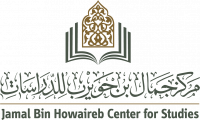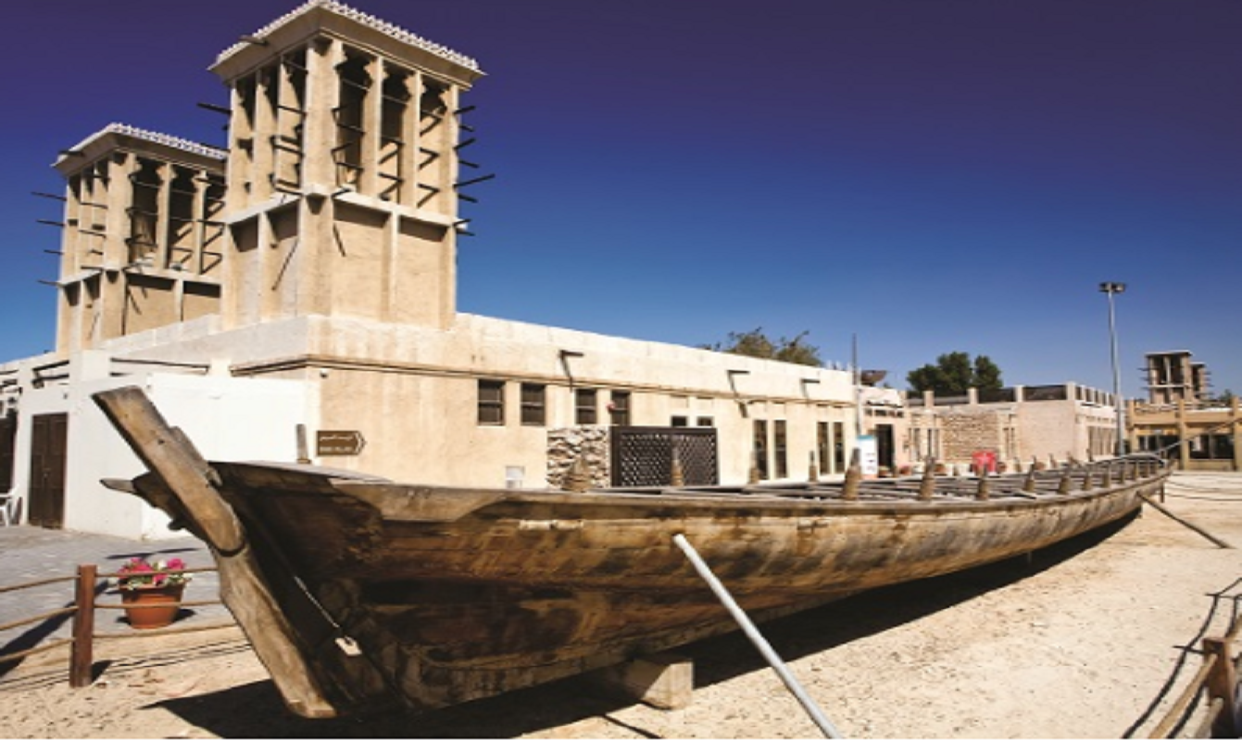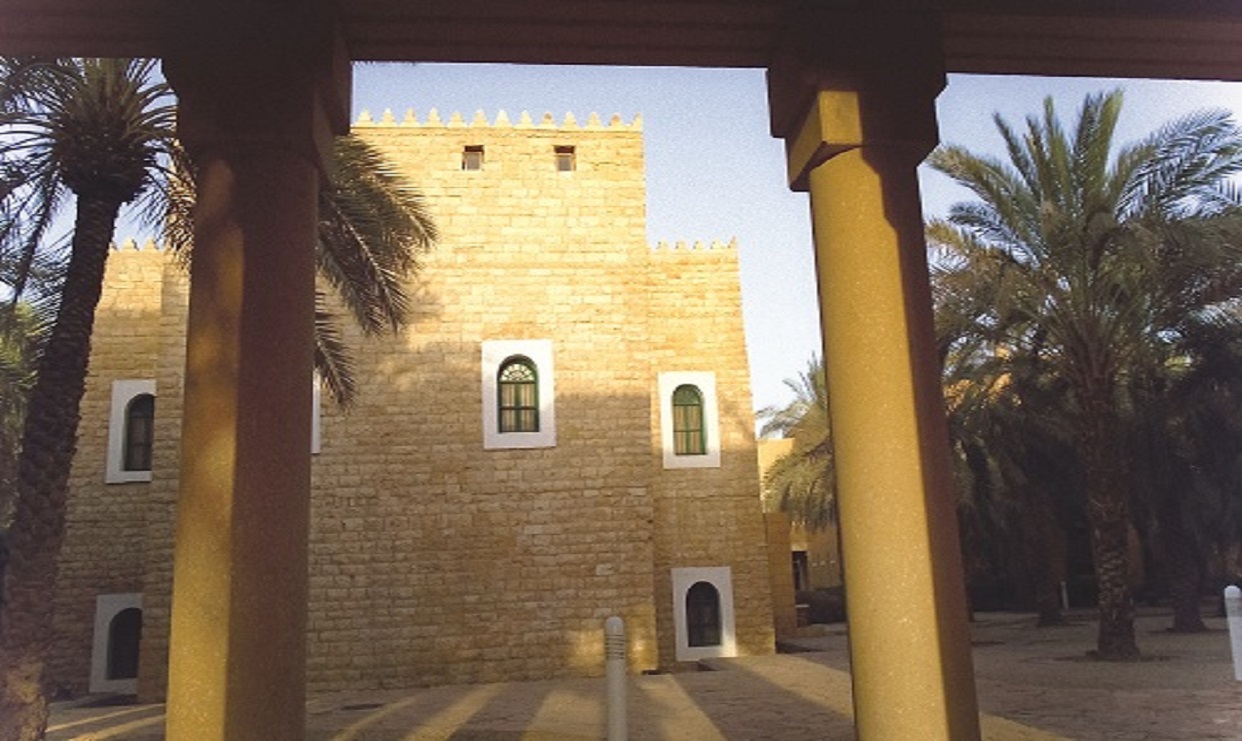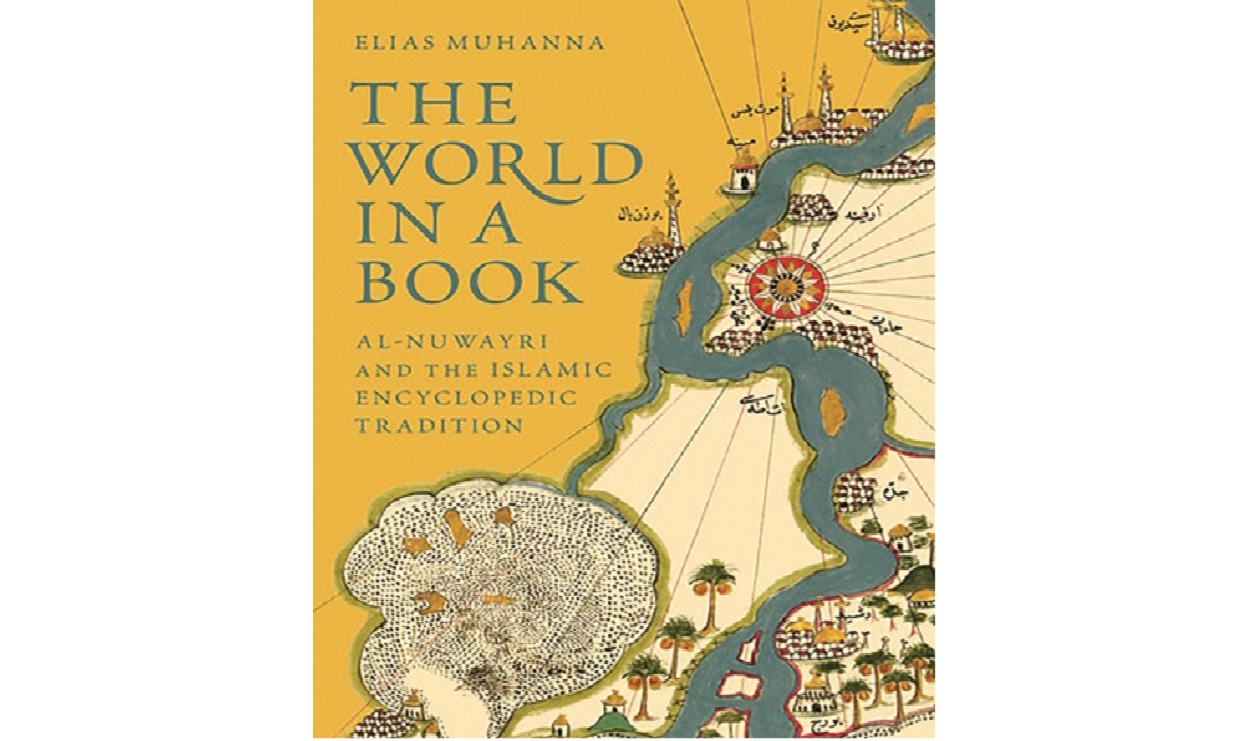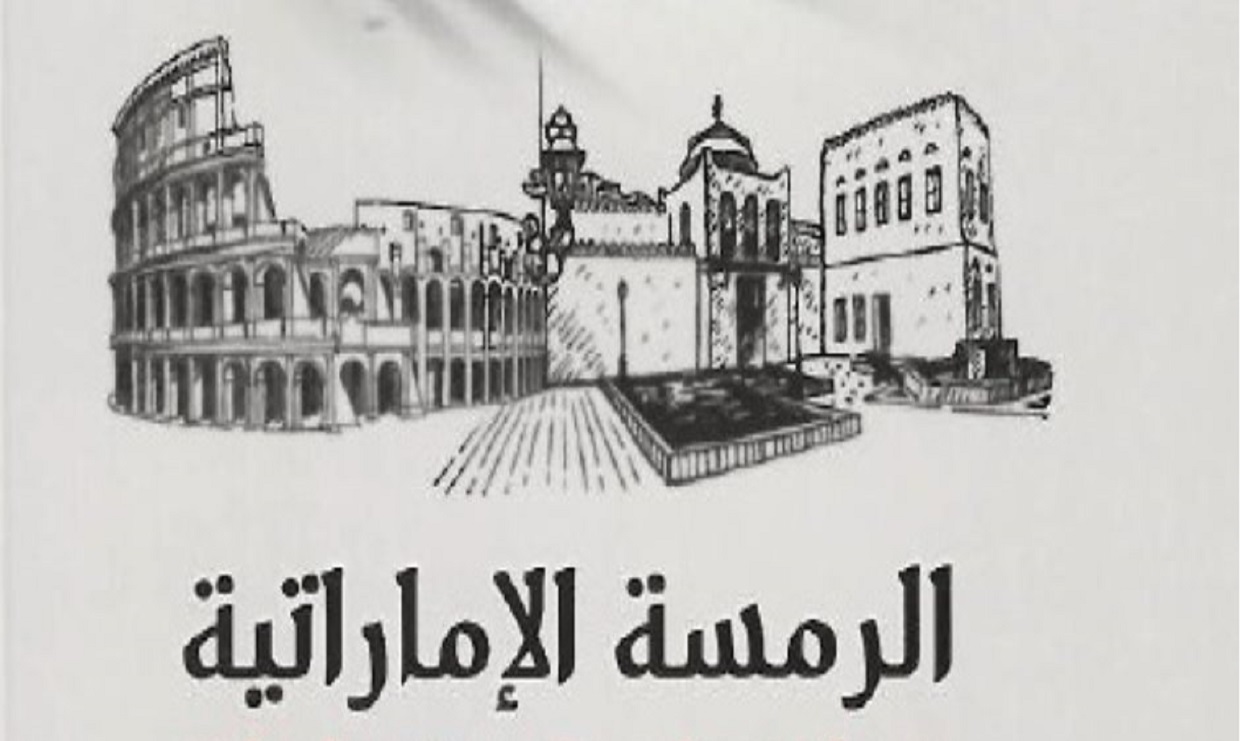907 عدد المشاهدات
Museums are a mirror of the history of nations and a window to look at the past. From their very beginnings, museums were a response to the need of acquiring collections exhibited by eager collectors. Museums, greatly, started to get people’s interest as they reflect the culture and artistic awareness of their communities.
Museums are the rudiments of the development in modern societies as they connect the present and future generations with the previous ones.
The word museum is derived from Greek word Mouseion, which means mountain man or mountain woman. “Museum” is the same word used in English, French and German.
International Council of Museums (ICOM) defined “museum” as a permanent institution in the service of society and its development, open to the public, which acquires, conserves, researches, communicates and exhibits the tangible and intangible heritage of humanity and its environment for the purposes of education, study and enjoyment.
Therefore, museums are the places dedicated to displaying artifacts and materials of cultural, scientific or industrial value. The way of displaying embodies the spirit of the museum in attracting and entertaining visitors. The more the display is organized, the more it achieves the desired goal and shows a fine artistic taste.
Museums were used as a scientific facility that aims to protect, display and preserve valuable artifacts, artistic and scientific heritage and monuments.
The beginning of museums dates back to ancient times where the primitive man wanted to keep his precious objects and possession as these pieces represent a certain reality that he cherishes, so he started to collect them in special places where he could contemplate them to reach a deeper concept about their physical existence.
The ancient Egyptians were the first to have interest in the museums. At those days museums were different; they resembled temples. Ancient Roman and Greek did not seek to collect different items such as statues, drawings and manuscripts in one place to be watched and admired by crowd of spectators. Such pieces of art were exhibited in squares, temples, markets, gardens and palaces; thus there was no need to build museums.
Temples, in particular, have largely played the role of the museum; they included statues, inscriptions and drawings depicting the daily religious tasks of monarchs and recording battles and important events.
The first and most famous museum of antiquity was established by Ptolemy I Soter in Alexandria in 290 BC. It was a scientific research institution and it was also a building that contains several research rooms, a residence for scientists, a large library and a dining room.
Towards the end of the 17th century, museums started to become independent buildings. Egypt was the first Arab country to have interest in museums. In 1835, Mohammed Ali Pasha ordered to establish the Department of Antiquities and a museum of antiquities.
Museums are of great importance for they play the role of institutes or scientific and cultural centers. They are a diverse source of knowledge, and help to convey facts to visitors, and develop special trends, such as careful observation, logical reasoning, responsibility, aesthetics and elevating the public taste.
They also have an important role in enhancing the visitors’ ability to know their place in their local environment, and the extent of the artistic, historical and cultural development of their country among the world. They are also very effective in communicating ideas about modern science and the cultural achievements and traditions of other peoples.
Museum visitors enjoy the quiet and comfortable environment that helps them to understand, enjoy and study the branches of science and other materials very quickly.
Moreover, museums encompass the most important sources of knowledge as they help scientists and scholars in the field of research and survey, and provide them with the necessary materials and information in scientific research.
In terms of public relations and tourism, museums are considered an important interface of any country, giving visitors a clear impression of the features of that country, and leading to growth in tourism and national economy.
Museums are divided into five types according to the objects displayed:
Archaeological Museum: It is one of the oldest types of museums in the world. It specializes in displaying the most important archaeological artifacts. These museums are usually arranged from oldest to newest according to the type of pieces and the period in which they were found. Examples include the Egyptian Antiquities Museum, and The Museum of Islamic Art in Cairo, Makkah Museum, the Heritage Museum in Zahir, and Makkah Museum for Antiquities and Heritage in Al-Rasaifa.
Art Museums: An art museum, also known as an art gallery, is a space for the exhibition of art, usually in the form of art objects from the visual arts, primarily paintings, illustrations, and sculptures. They include two types: Museum of Fine Arts and Museum of Applied Arts, such as the Louvre Museum in France, the Museum of the Faculty of Applied Arts in Cairo and the Exhibition of the Two Holy Mosques’ Architecture in Umm Al-Joud.
Science Museums: they are the most modern types of museums specialized in collecting and displaying natural history and geographical mapping. They include geological museums such as the Egyptian Geological Museum in Cairo, and Museum of Umm Al Qura University, astronomy museums such as King Abdulaziz City for Science and Technology in Jeddah, energy museums and marine science museums such as the Museum of Marine Sciences in Jeddah
Specialized museums: these museums are concerned with displaying a specific artistic production by arranging historical collections, including Traditional Heritage Museums such as the the Museum of Popular Arts and Helwan Wax Museum in Cairo, and Furniture Museums such as Abdul Rauf Khalil Museum in Jeddah.
Museums of the cities: these museums belong to history museums and offer a specific study of a particular city or region and are centers for coordinating the cultural representation activity of the urban population.
City museums or open-air museums: some cities are entirely classified, by countries, as historical monuments.
History and documentation museums: they occupy smaller spaces, where display cases are used to display objects. Examples include Postal Museums, Railway Museums, War and Peace Museums.
The United Arab Emirates is well aware of the value of museums, so it was very interested in uncovering and highlighting their effects, with the aim of consolidating bridges between the past and the present and strengthening the relationship between humans and history.
For this purpose, it has established many museums to preserve this national treasure, and to be at the same time a true mirror for the ancient past and the honorable present.
Among the most important museums of the UAE is the Louvre Abu Dhabi, which was opened in 2017 on Saadiyat Island. It presents the common relations and connections that have connected the different cultures of the world. It also provides an idea of the history of mankind since the dawn of history and presents a new perspective on the history of art.
It consists of six main sections: “Human Shape”, “Old Worlds”, “Shrines and Oriental Picture”, “Western Perspective”, “Dialogue of Cultures” and ” The works of Cy Twombly”.
The Guggenheim Abu Dhabi Museum is an international platform for contemporary art and culture, offering some of the most important artistic achievements. The museum has a unique location in Saadiyat Cultural District, and its permanent collection makes it a living example of the world arts convergence from the 1960s till the present day.
Al Ain is home to a number of museums, the most important of which is Al Ain National Museum, which is located near the Fort of Sheikh Sultan. It is the oldest museum in the country and was opened in 1971. It provides a comprehensive overview about the country’s customs and traditions, and also tells the history of early people who inhabited the area more than 8,000 years ago.
Built in 1937, Al Ain Palace Museum was the residence of the late founder of the UAE, Sheikh Zayed bin Sultan Al Nahyan, and a center for political and social activities. The museum contains a large collection of the possessions of the Royal Family and shows the city’s unique heritage and history.
Located in Dalma Island, Dalma Museum is one of the most important features of the island. It was an old house built by Mohammed bin Jassem Al-Muraikhi. The four sides of the building reflect the aspects of the Umayyad architecture and the Gulf architecture as well.
The emirate of Dubai has a large number of museums, such as the Dubai Museum, located in Fahidi Fort. Built in 1787, the museum contains many artifacts and local works, in addition to handicrafts from several African and Asian countries that had commercial ties with Dubai. It also presents life in Dubai before oil was discovered along with the newly discovered finds.
The Camel Museum is a one-story building on a large central square that was originally used as a camel stall. After renovation, it was divided into several sections, each displaying camel history and camel racing in the UAE.
Located in Fahidi district, the Coffee Museum introduces the history of coffee and the different ways of making it round the world. It also presents special and different tools, in addition to some historical documents related to coffee.
The Coins Museum displays nearly 500 coins from all over the Middle East and contains seven showrooms that tell the story of commercial history of Dubai.
The Heritage and Diving Village Museum is located next to Dubai Creek, and focuses on Dubai’s maritime past.
Built in 1896 at the protruding part above Dubai Creek, Sheikh Saeed Al Maktoum House in Shindagha, is one of the most important historical monuments in Dubai. It was the residence of the former ruler of Dubai until his death in 1958. Then it was renovated and turned into a museum displaying documents, stamps, coins and a collection of old pictures of Dubai and the ruling family.
Traditional Architecture Museum in Shindagha was the former residence of Sheikh Jumaa bin Maktoum. Due to its architectural features, the house was transformed into a museum.
Established in 1912, Al Ahmadiya School in Shindagha was the first school in Dubai. The school was renovated and reopened in 1995.
The Heritage House Museum, which is located next to the Al Ahmadiya School, is a model of the traditional Emirati houses.
Built in 1939, Naif Museum located in Al Khor Street, displays old weapons, uniforms, and photographs that document the history of Dubai Police.
There are several museums in the Emirate of Sharjah, the most important of which is Sharjah Museum. Opened in 1997, the museum contains many halls that include antiquities dating back to the Stone Age.
Opened in 1996, Sharjah Science Museum offers interactive displays designed to motivate visitors to take part in innovation and creativity. The museum has more than 50 exhibits.
Located in Sharjah Heritage Area, Sharjah Islamic Museum was opened in 1996. The contents of the museum are collections of Islamic arts and culture; they exceed more than five thousand unique pieces collected from various parts of the Islamic world.
The Sharjah Maritime Museum first opened its doors in 2003 in the Heritage Area. It focuses on marine life, which was a major part of the region’s heritage.
Opened in the Heritage Area in 2005, Sharjah Heritage Museum exhibits the original heritage and rich culture of the people of the UAE and the residents of Sharjah as well.
Located in Ajman Fort, Ajman Museum, dating back to 1820, includes the ancient ruins discovered in the Emirate of Ajman.
Fujairah Museum is one of the most important museums of the East Coast. It contains 2100 rare artifacts, dating back to 4,500 years ago. The museum consists of several archaeological sections, containing historical discoveries found in the emirate, and also comprises a depiction of folk life; samples of weapons, pottery, coins and farming tools.
Um Al Quwain Fort, dating back to 200 years ago, houses Um Al Quwain Museum.
Opened in 1987, The National Museum of Ras Al Khaimah is one of the most important museums in the UAE. It is a very rich museum and has diverse antiquities, discovered in Ras Al Khaimah. The museum encompasses many rooms, most notably the wing of the ruling family “Qawasim”. In addition to the Heritage room and rooms of jewelry and clothing.
We conclude by saying that museums, regardless of their location, are a global cultural platform that reflects the progress of mankind over the years and the different ages. The establishment of museums is a national necessity to preserve the cultural heritage of any country as they embody the history and rise of countries. Moreover, museums continued to be the most popular attraction for visitors, tourists and scholars. They are an important factor in the development of the tourism and cultural sector in any society.
